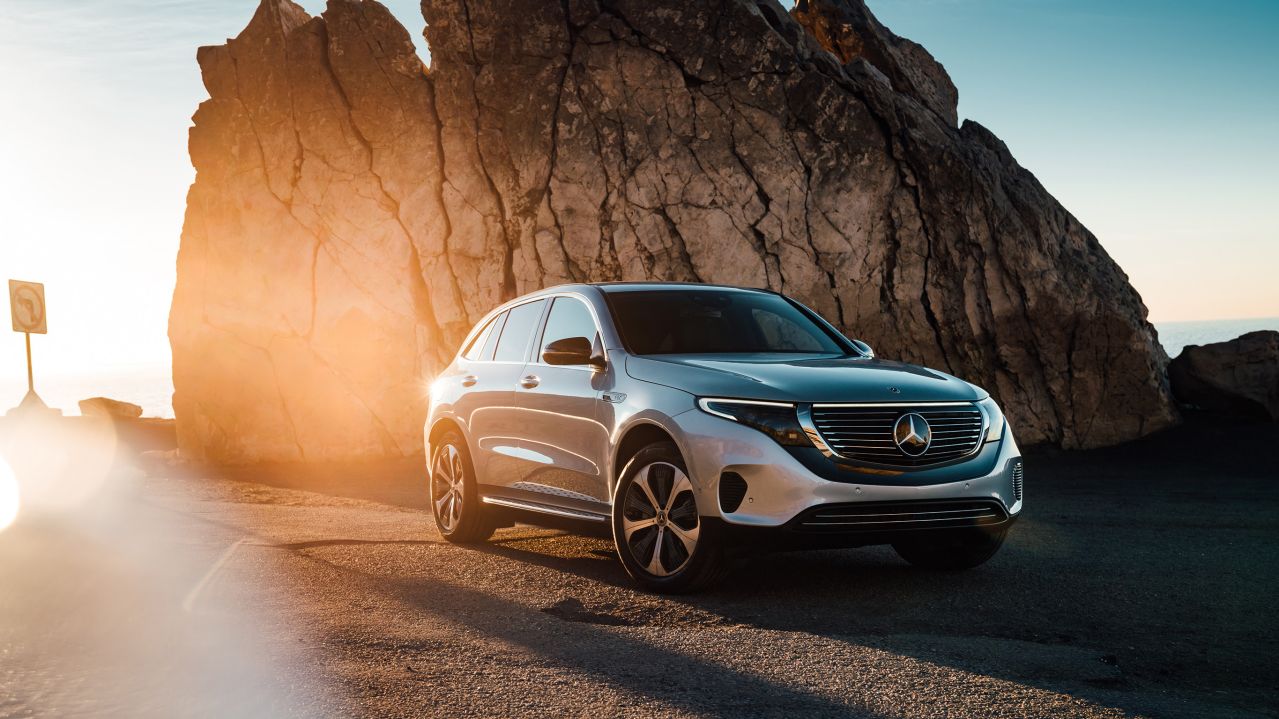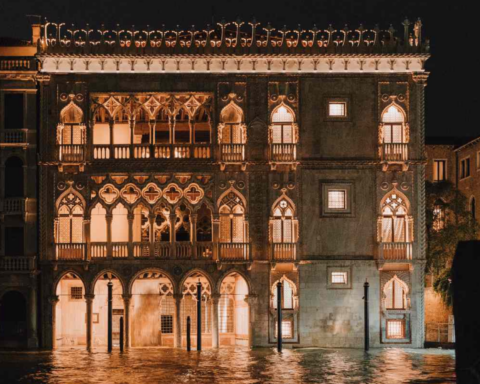[vc_row njt-role-user-roles=”administrator,armember”][vc_column][vc_column_text]
Mercedes is under pressure from Brussels due to new European regulations concerning CO2 emissions, and plans to electrify all its top-of-the-range models. An investment that forces the firm to cut 10,000 jobs in order to improve its excessively high break-even point following the global pandemic.
Daimler, the manufacturer of Mercedes, aims to accelerate its manufacturing process of electric models with at least 5 cars by 2021, and double that by the year 2025: “With our new strategy, we underline our intention to electrify all our models“, said Tuesday the boss Ola Källenius.
The electrification of the models and their developments is a heavy investment for the German manufacturer, which has already suffered an operating loss (EBIT) of 1.68 billion euros in the second quarter of 2020 as a result of the health crisis.
Daimler therefore intends to reduce its costs by 25% by the year 2025 and improve its break-even point, which has become too high since the beginning of the pandemic: “The events of 2020 have confirmed that our break-even point was too high“, the manufacturer stated in a press release. It therefore intends to reduce its fixed costs as well as its personal costs, and to adapt its production capacities.
A savings program is being implemented with the intention of saving 1.4 billion euros by 2022.
But the switch to electric power costs Mercedes even more, with 10,000 of its jobs eliminated. As the German manufacturer has no choice in the face of restrictions in Brussels, arrangements are still possible between voluntary departures and early retirements that are not replaced. It is also likely that this figure will increase with the announcement of 20,000 additional job cuts.
Mercedes, which is lagging behind its competitor Tesla in the electrical sector, is working twice as hard on its future new technological platforms and has announced the forthcoming launch of the 100% electric EQS limousine by 2021, where Daimler promises a range of 700 kilometers. The next mission for the manufacturer will be to move to 20 all-electric vehicles by 2030.
All in all, the thermal options present on the models will gradually disappear by 40 to 70 percent, depending on the group, compared with this year’s. By the same token, Daimler intends to strengthen its position in the electric luxury car market by catching up with its competitors.
The manufacturer must therefore plan major investments in the future, in addition to the 2.2 billion euros that the group had already agreed to pay in the United States following the “diesel gate” story that Daimler was blamed for, a scandal about diesel engines that were allegedly rigged.
Read also > DAIMLER TO DEEPEN COST CUTS AFTER EXPECTED QUARTERLY LOSS
Featured photo: © Mercedes Benz[/vc_column_text][/vc_column][/vc_row]










